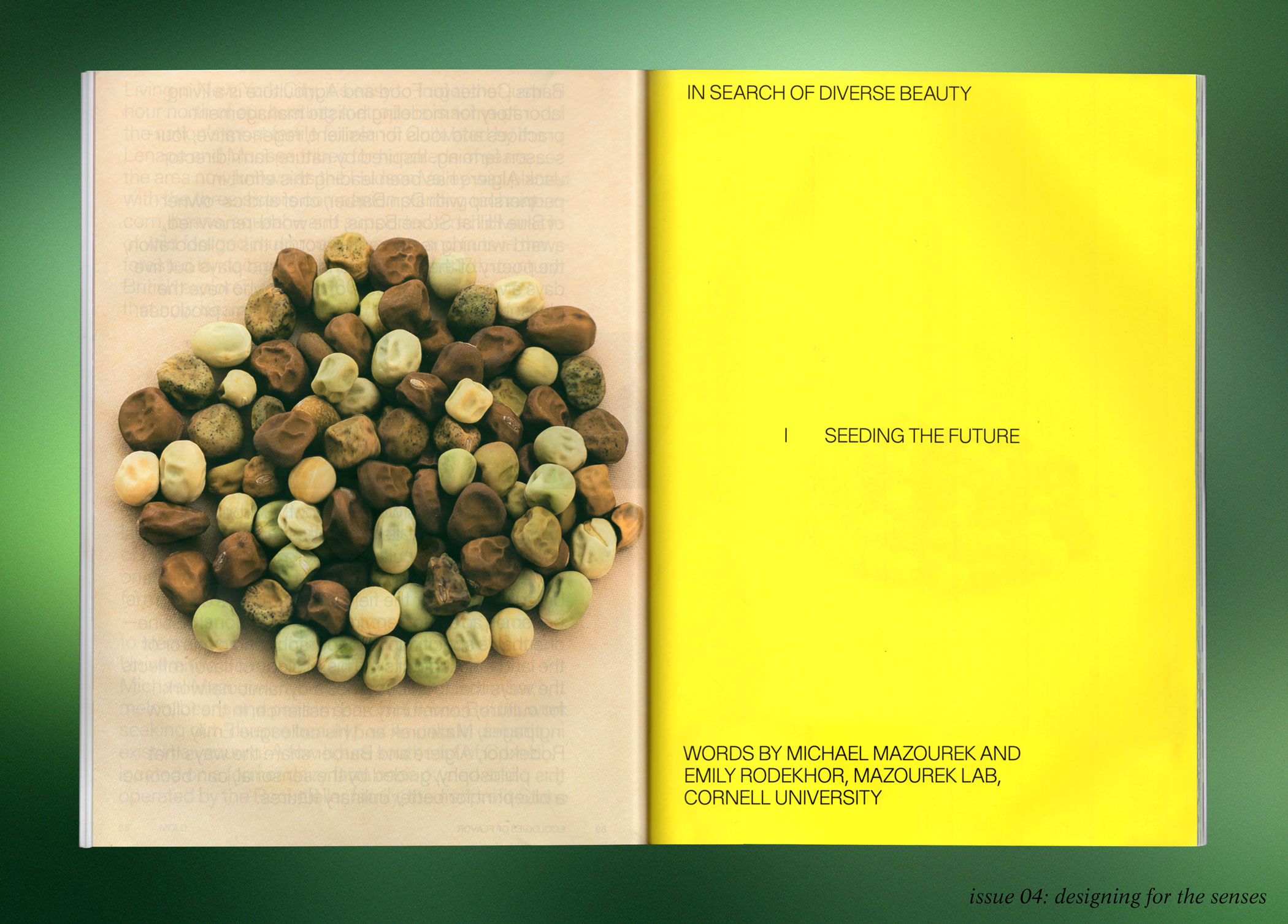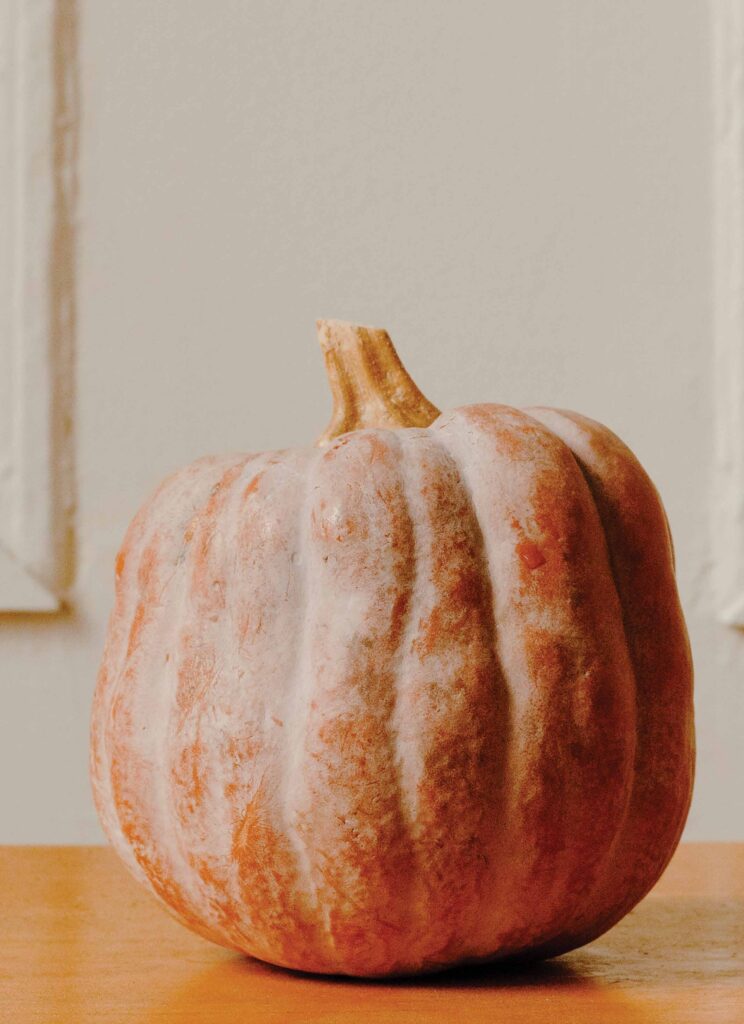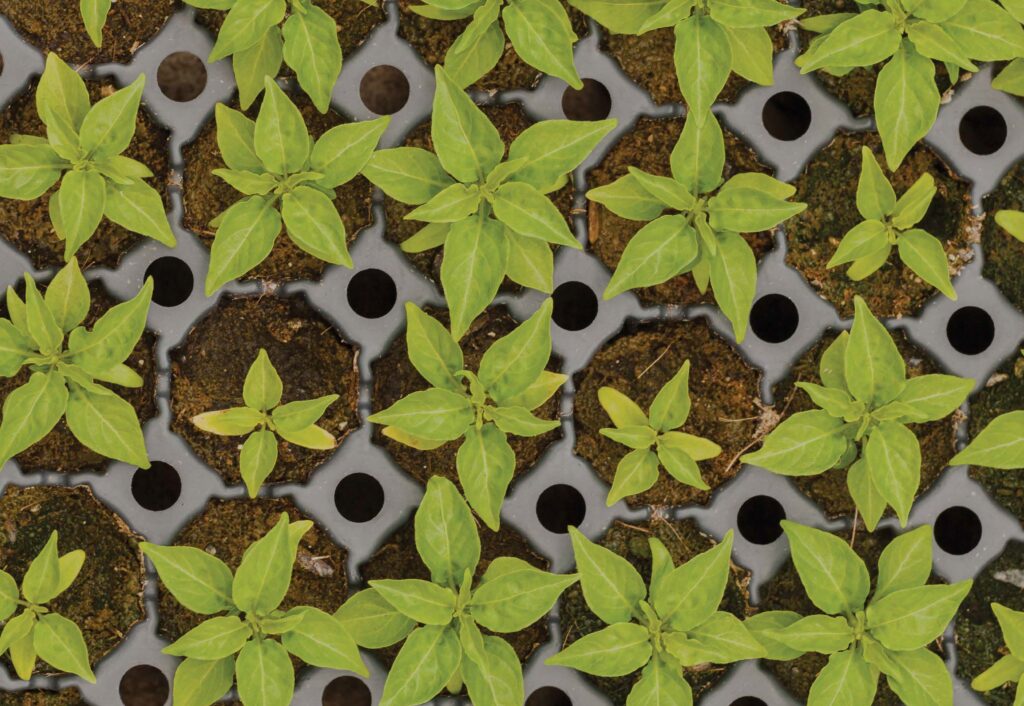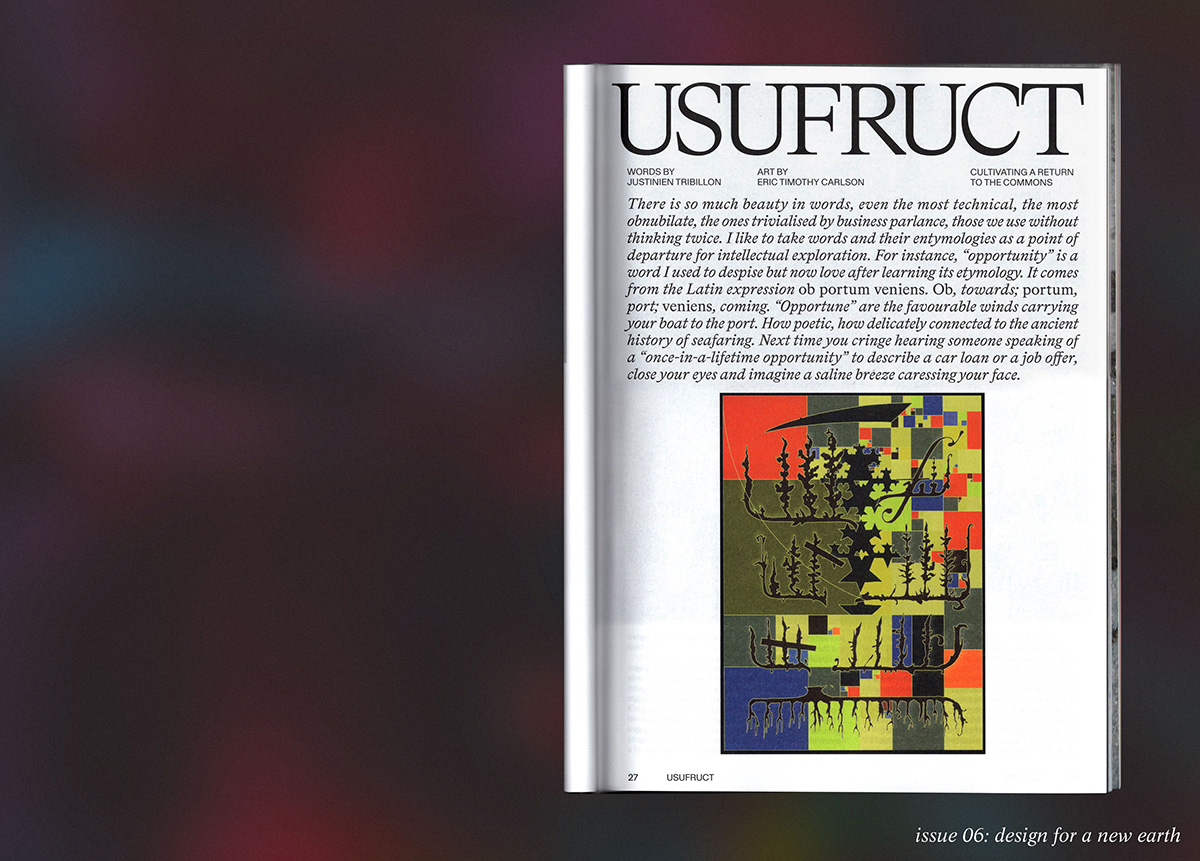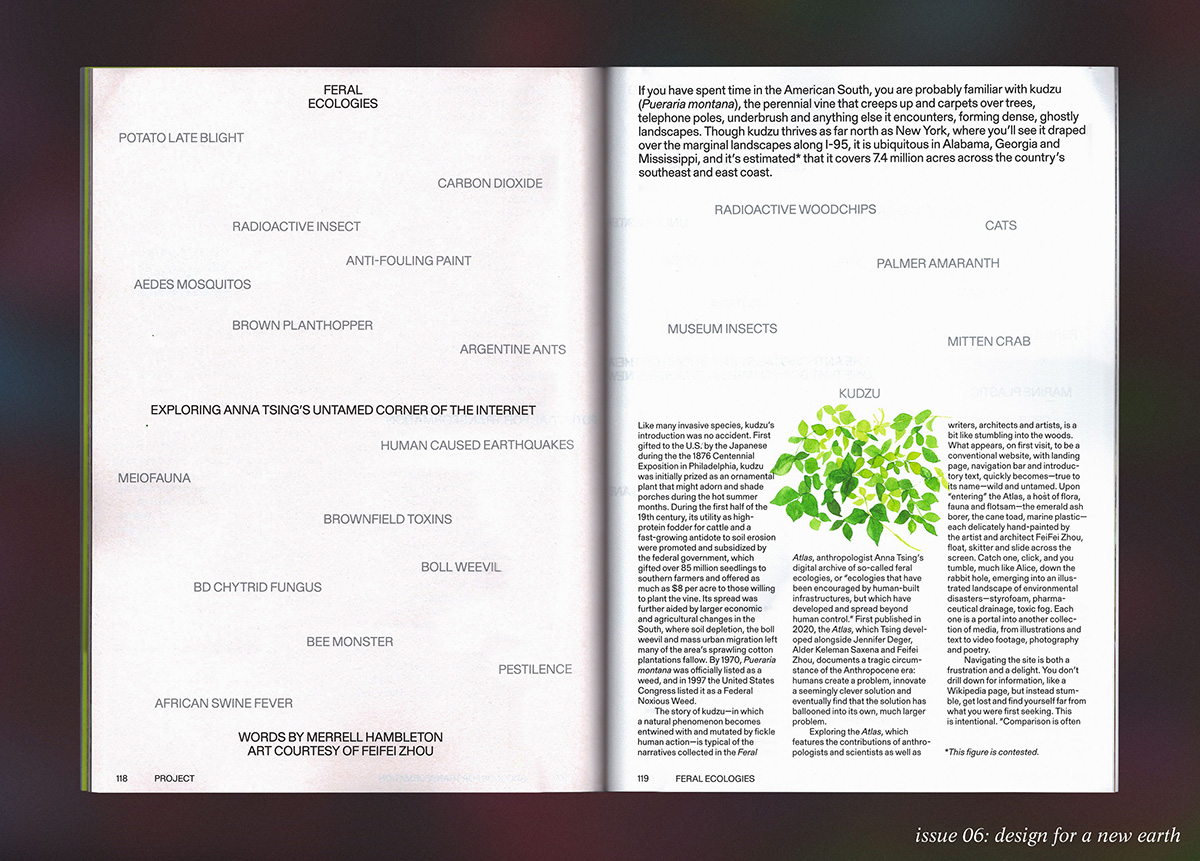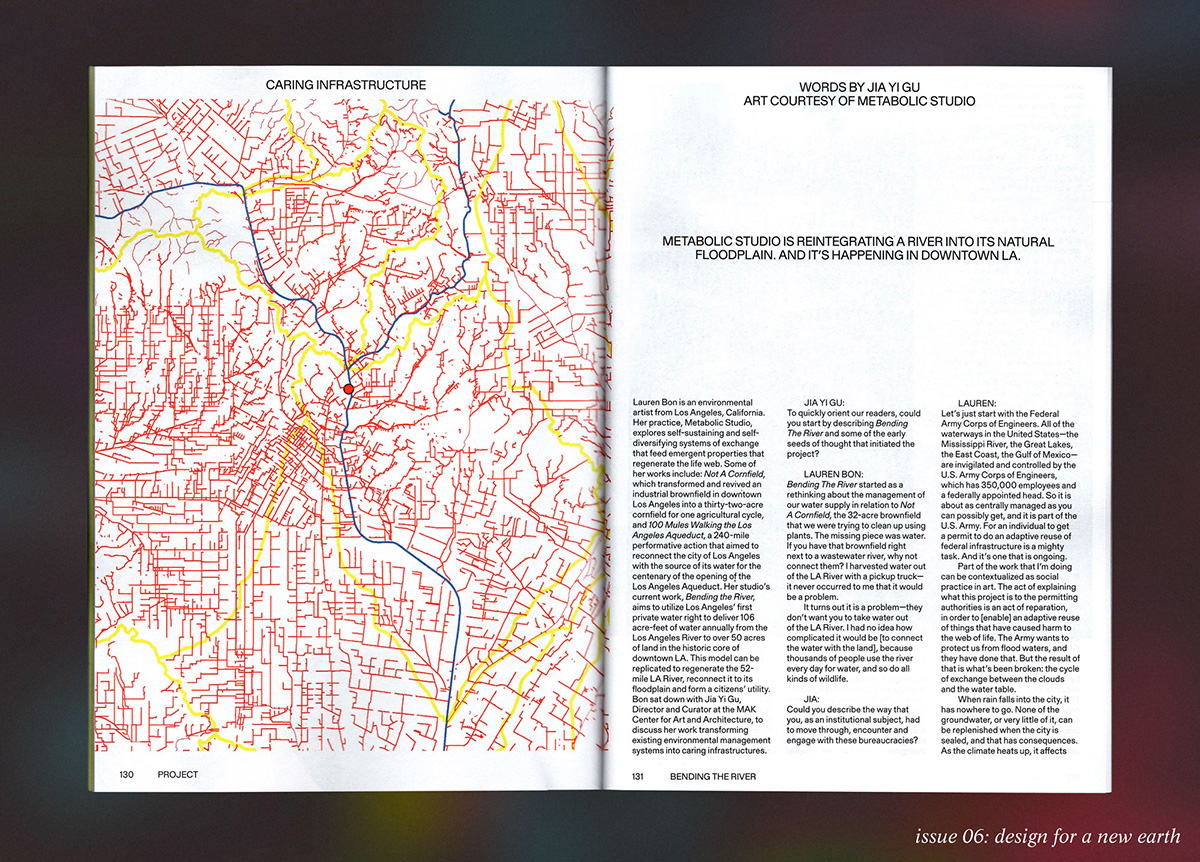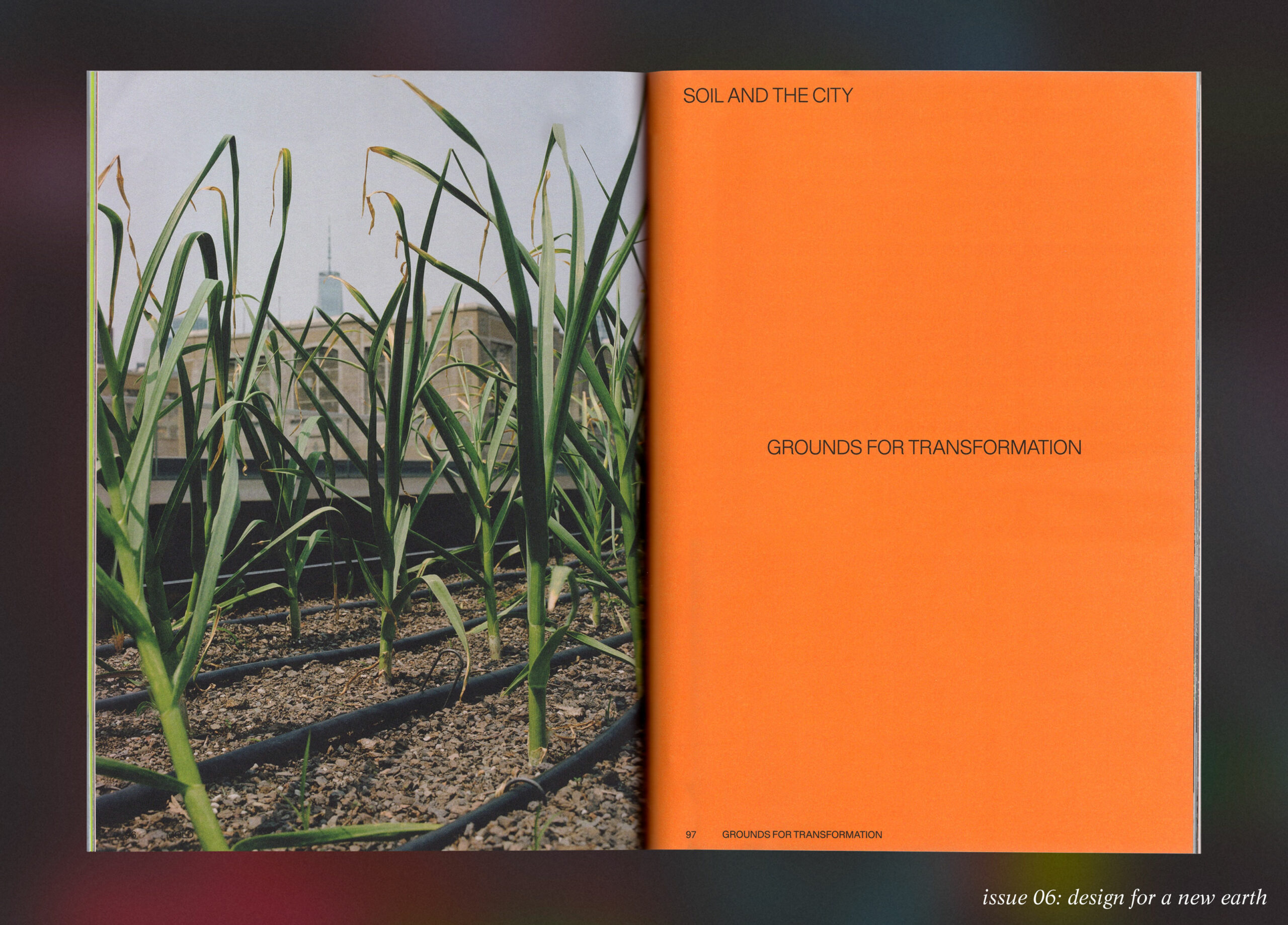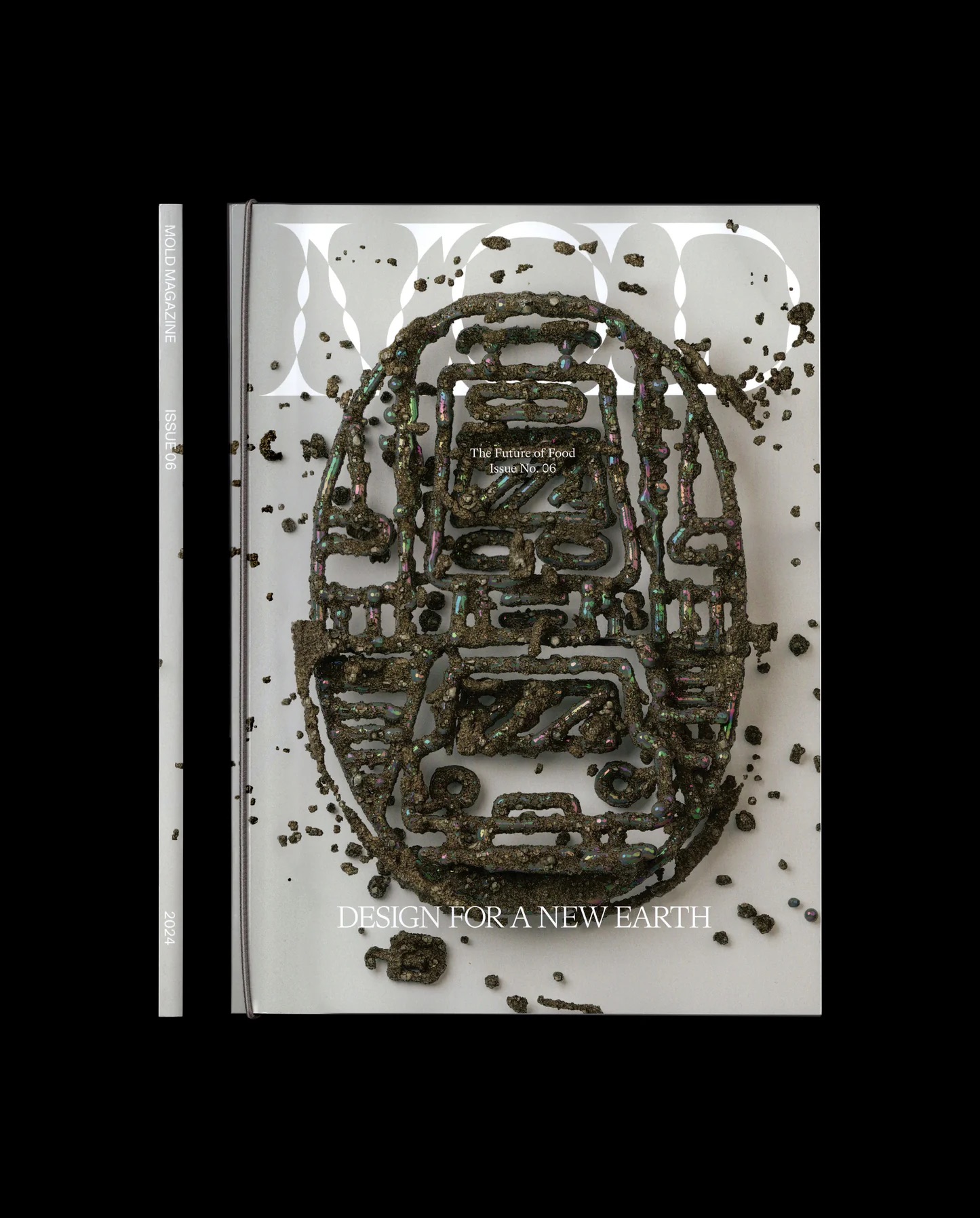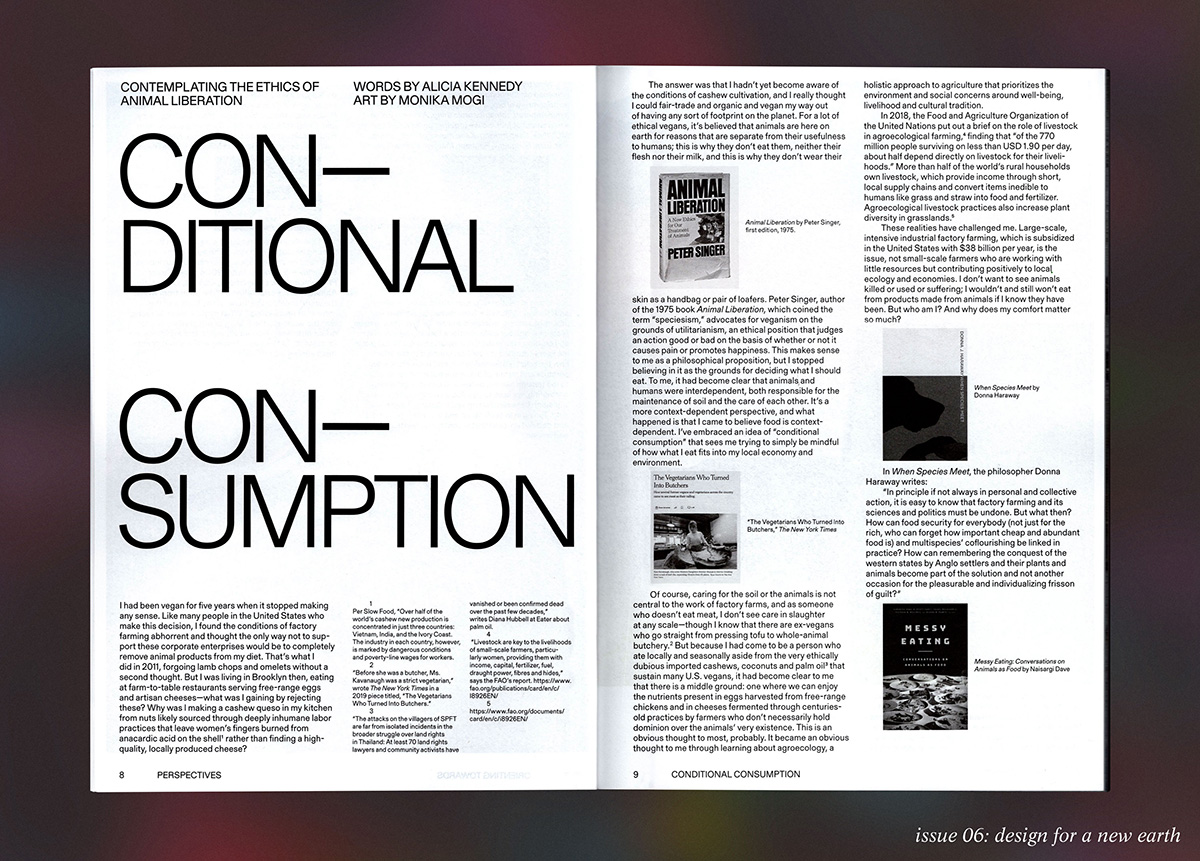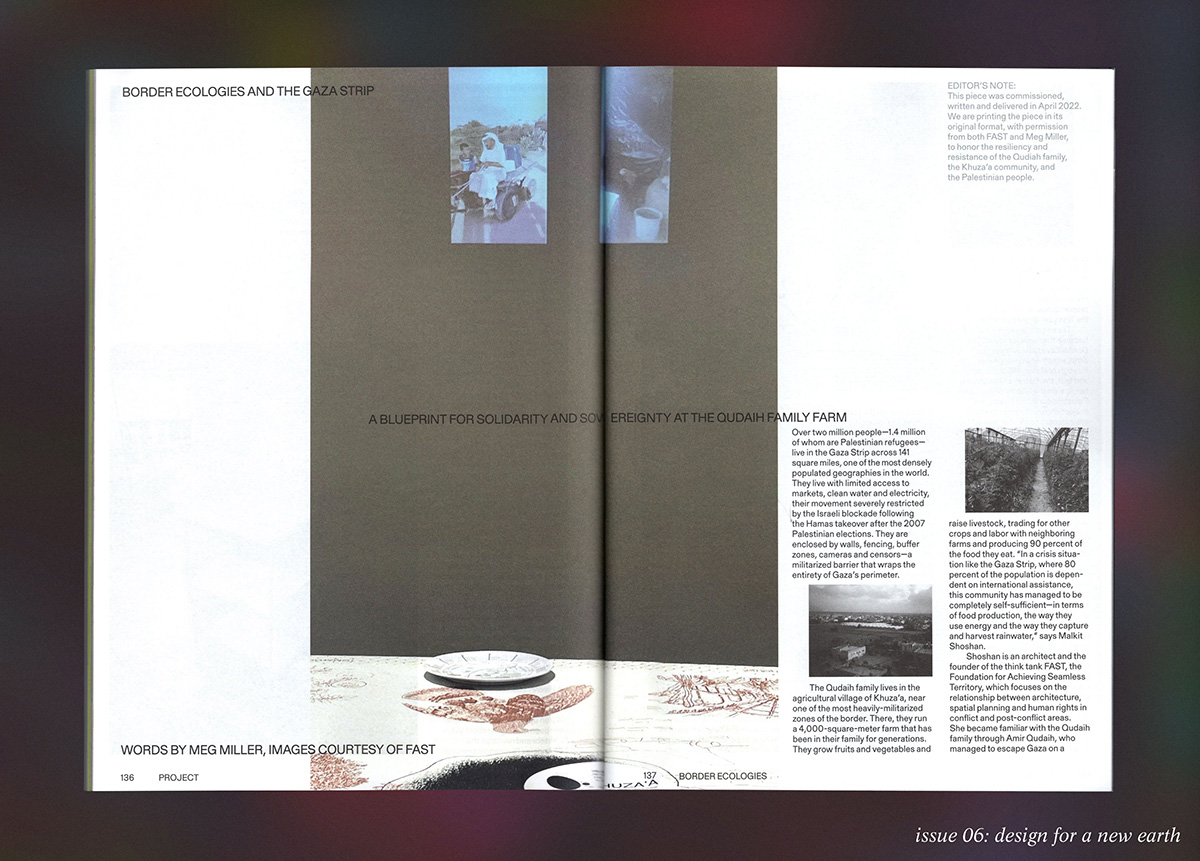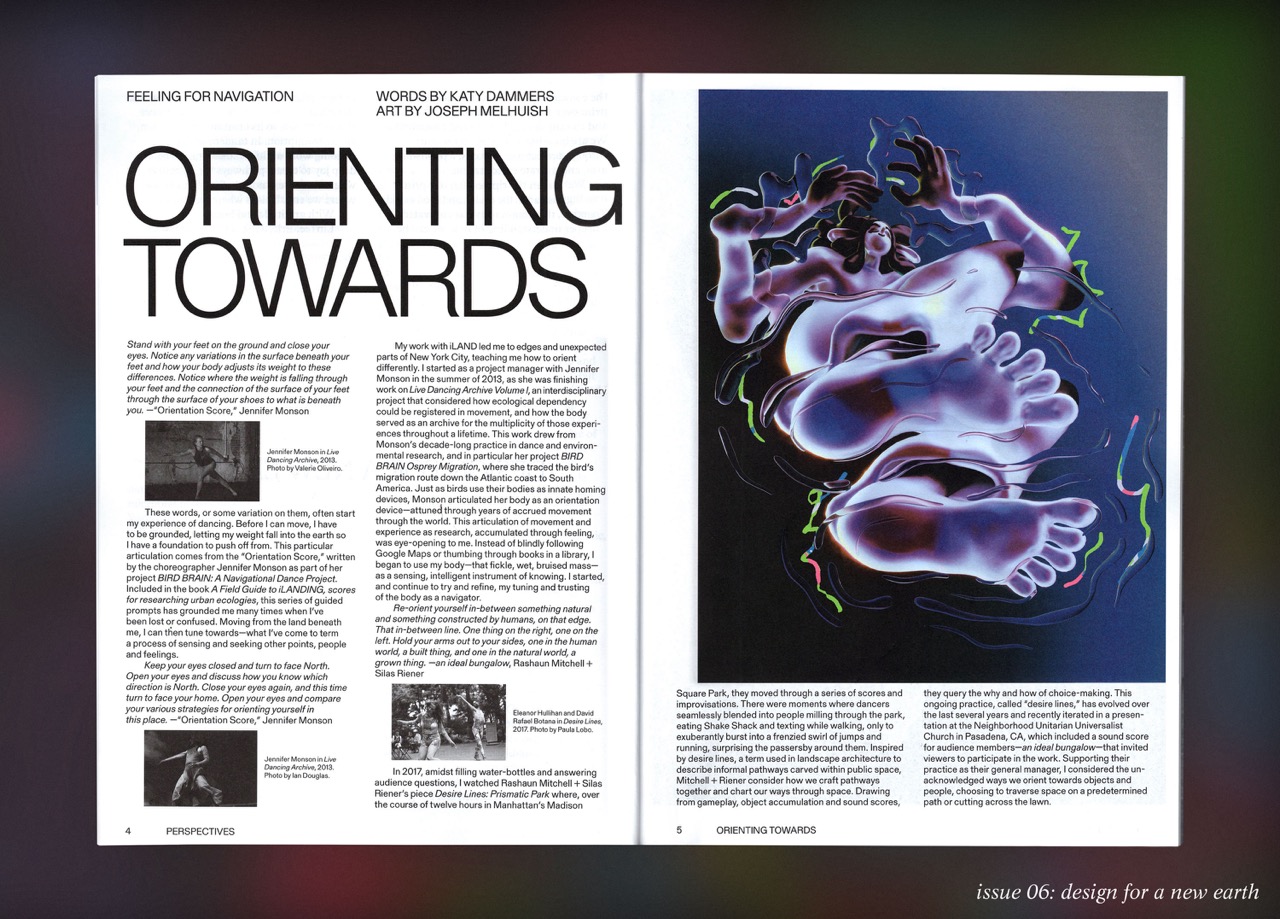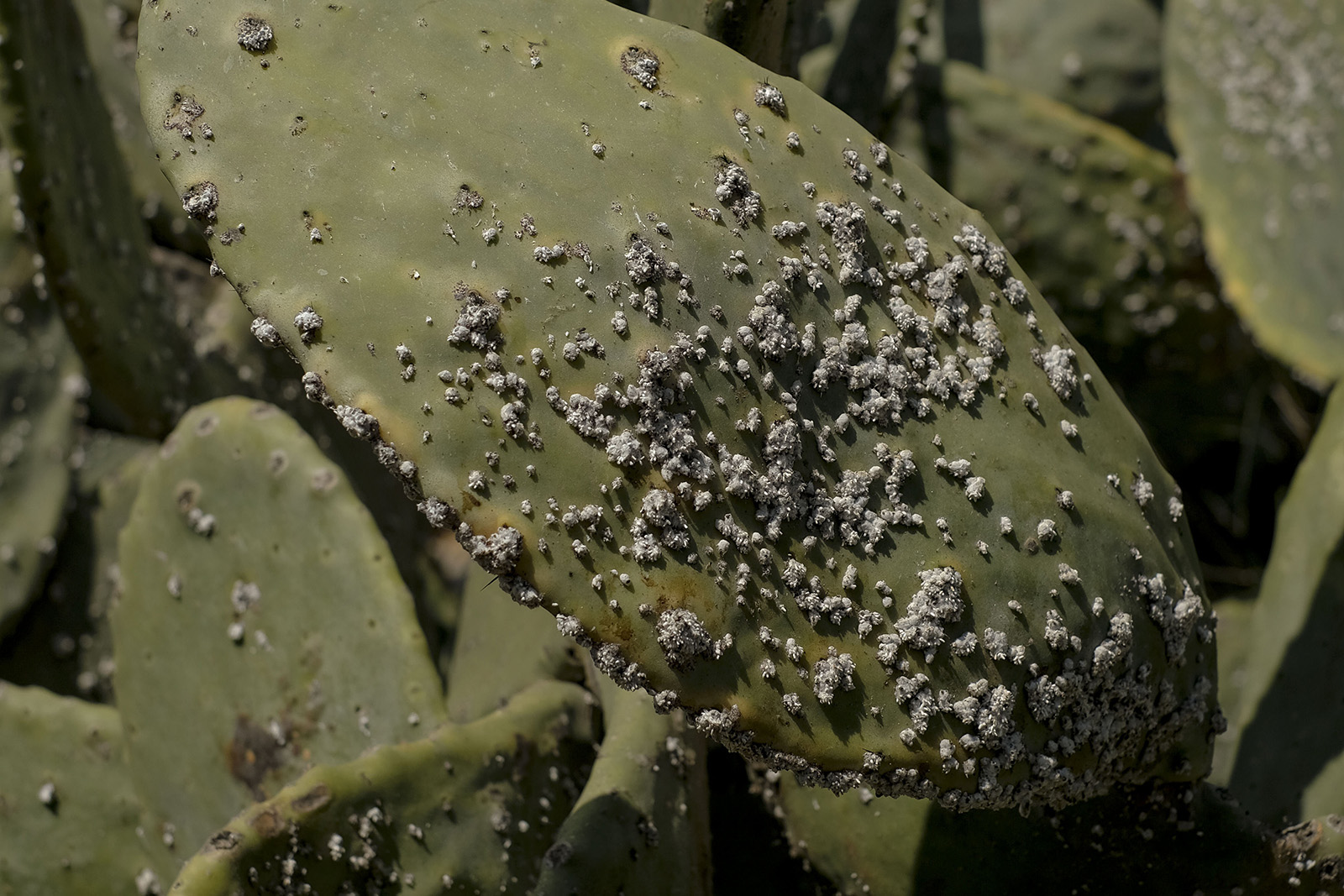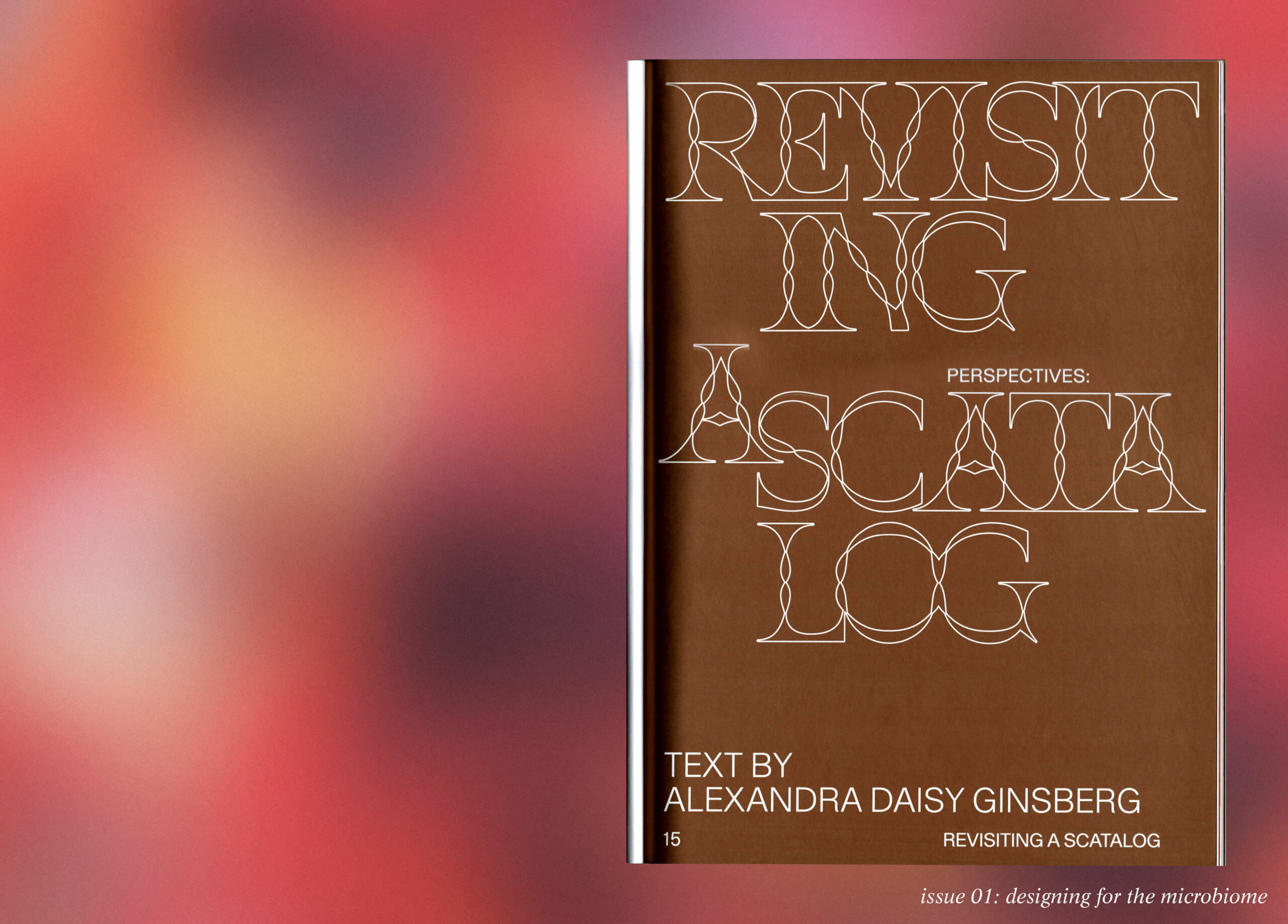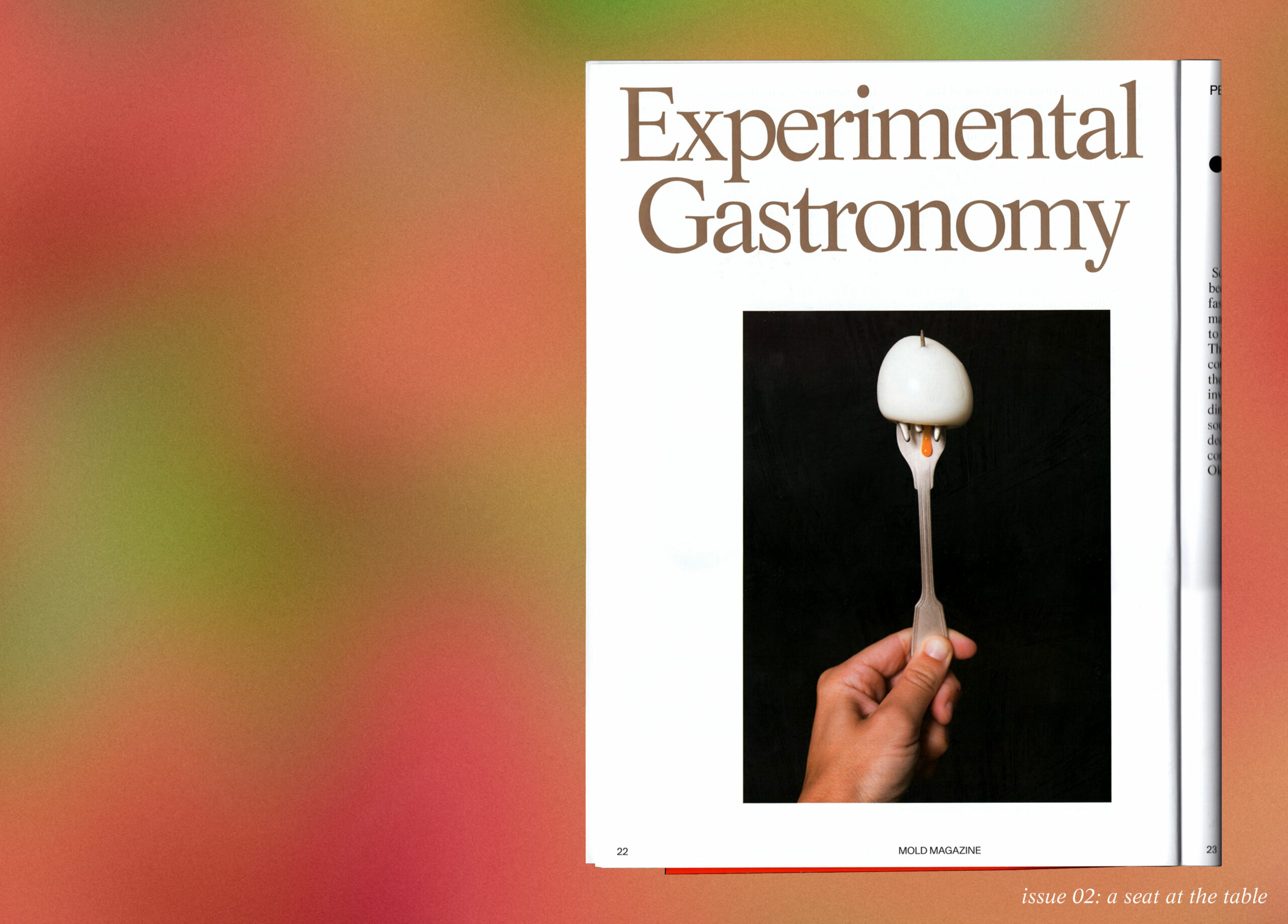From MOLD Magazine: Issue 04, Designing for the Senses. Order your limited edition issue here.
Plant breeding has long been as much an art as a science. Plant breeders will look for different qualities in crops depending on their culture and circumstances, but in a Western context, the search for beauty is often an expression of our yearning for authenticity and originality. Especially in the United States, where agriculture and food have been treated as commodities for the last century, there is a real craving for both spiritual and nutritional fulfillment from our food. And at this intersection lies the seed of breeding for flavor.
Photography by Thomas McCarty for MOLD Magazine.
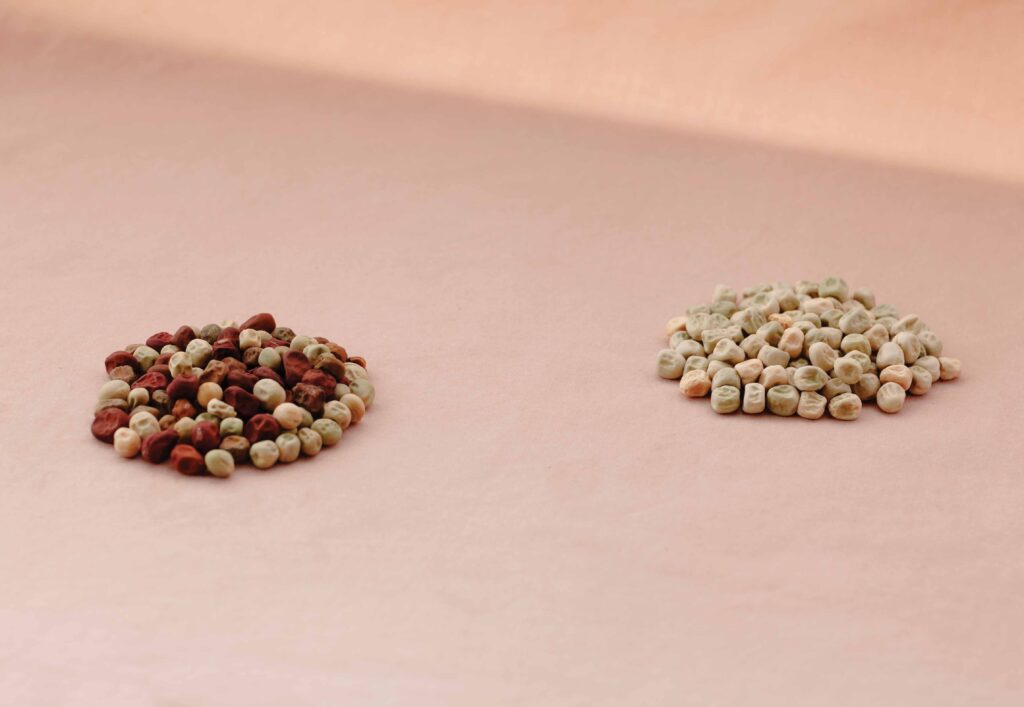
At the dawn of flowering plants, millions of years ago, there was the need for their seeds to be dispersed geographically while providing an opportunity for pollinators to help these flowering plants mix their genetics to adapt to new settings. Those that evolved fleshy fruits hit on a unique strategy: to seduce mammals—including us—with colors, aroma and sweet flavors. When we eat their fruits we gain critical nutrition. We also disperse their seeds. Breeding for flavor continues that evolutionary partnership.
WHEN BREEDING FOR FLAVOR, OUR SUCCESSES HAVE BEEN IN THE OUTLIERS, NOVEL FLAVORS THAT BENEFIT FROM CHEF INTERPRETATION AND TRANSLATION.
This partnership between plants and humans extends to the invisible hand of flavor found throughout living ecosystems. Flavor is more than something a plant creates for people; it’s the chemistry related to communication with the soil microbiome and aerial life for the benefit of the plant. Because they are literally rooted in place, the most direct way that plants interact with all the organisms around them is through the unique chemistries that they have. Plants are the most brilliant chemists, and through plant breeding we can explore how and why their chemical interactions with other living organisms throughout the ecosystem might produce flavor. At Cornell, we do all our seed breeding in organic systems, in living soil. This is the setting that maximizes the interactions of plant chemistry—flavor chemistry—with the terroir formed from the interactions of plants with their microbial collaborators. One can imagine that we’ve learned similar things to what research is uncovering in the human gut microbiome and the ways microbes influence our lives and our health.

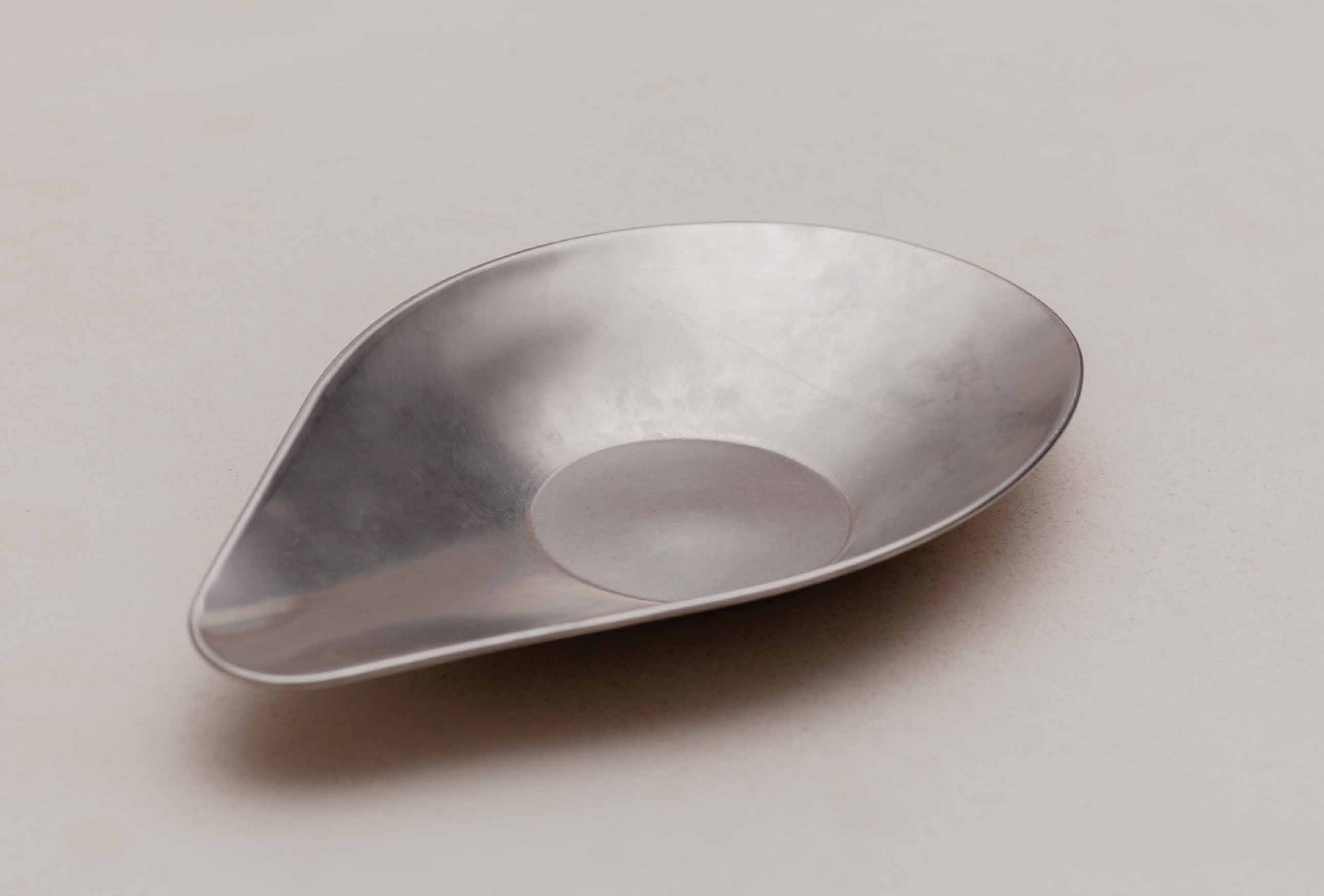
There’s also a link from flavor to nutrition. Antioxidants are often associated with vibrant colors. These nutrients, along with essential amino acids and unsaturated fatty acids, are metabolized into aroma volatiles that we associate with ripe fruit—the color and aroma that attracts us. Increasingly, rather than just smelling, tasting or seeing these signals—the way our ancestors did—we can measure them. My favorite technique for measuring color is an instrument that captures the volatiles given off in the headspace of the sample and identifies them. As we increasingly appreciate the flavor of something, on the science side we can ask: what within that is actually responsible for the flavor? Then, once we know what the metabolite is, we can relate that to the source nutrients.
When Dan Barber first asked us to breed for flavor in squash by sharing and guiding me through the flavors he was looking for, it was a kind of permission to share all the diversity and richness in flavor I was creating and get them out into the world. As he started to share new breeds in the restaurant, and we saw these cultivars proliferate in local markets and national distribution, we asked: what is possible if we’re really allowed to be creative?
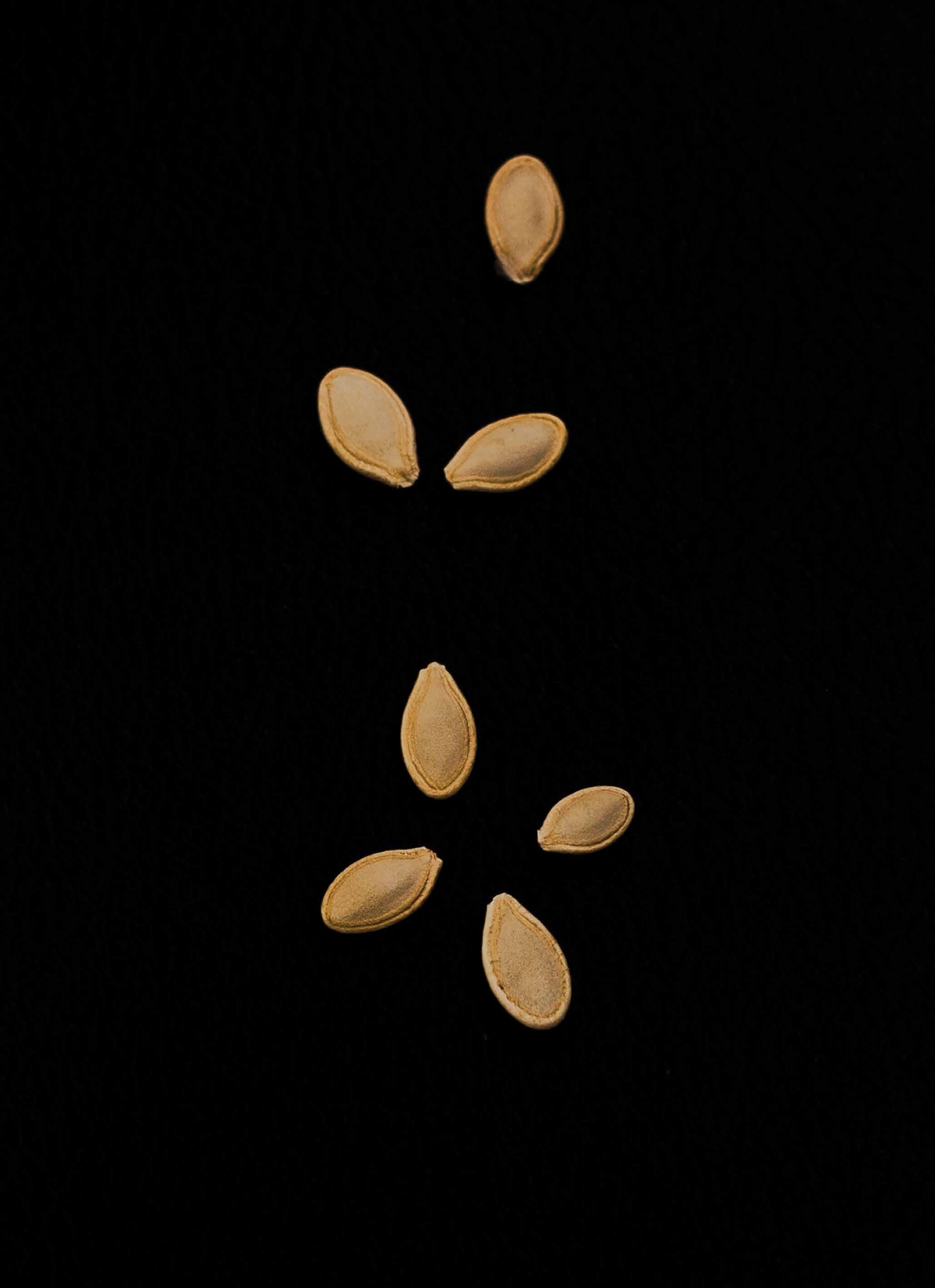
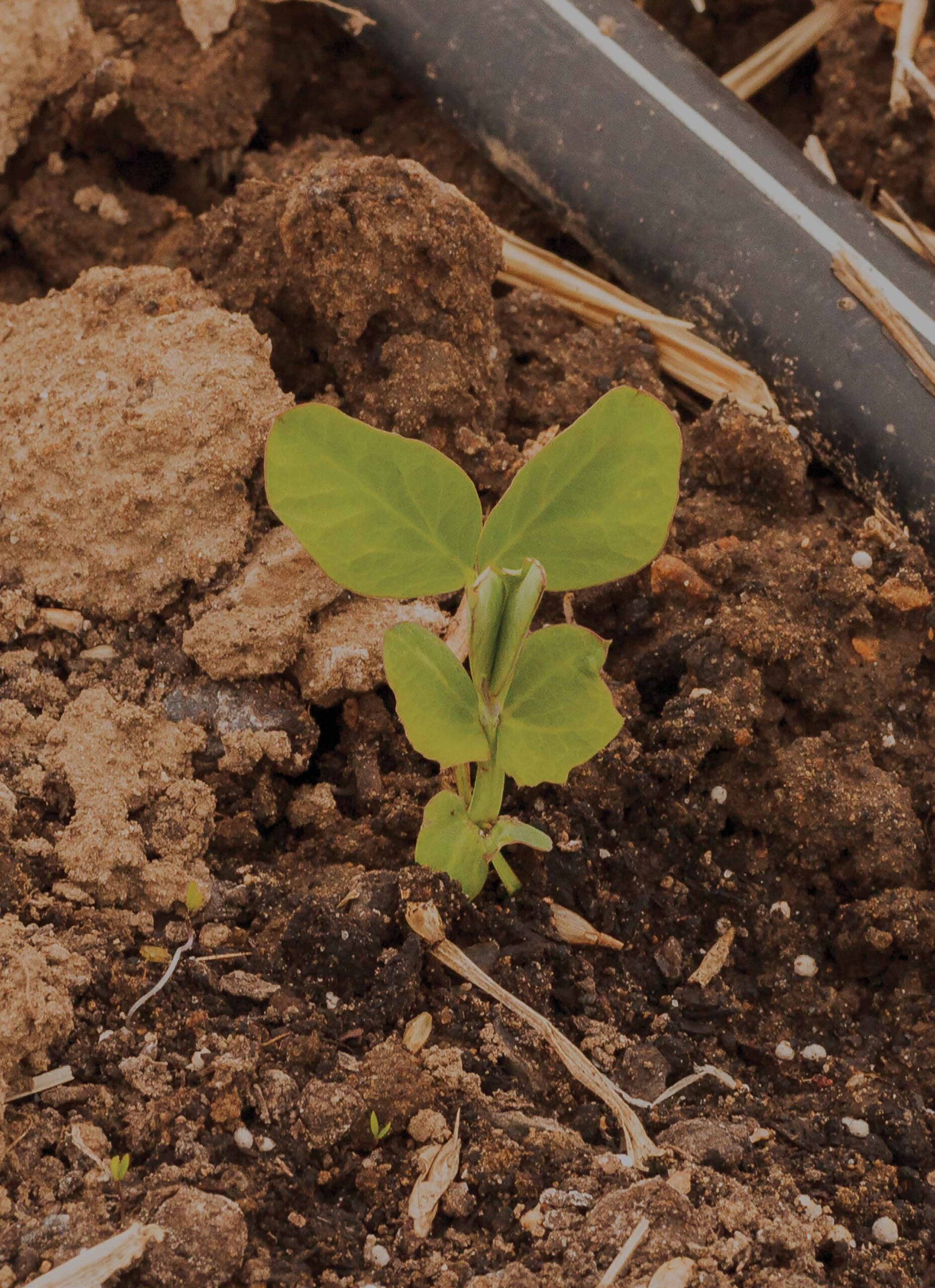
Working with the chef as a co-artist and having an artist partnership in the field allows us to question rubrics like the formal sensory panel analysis. For a formal sensory panel, you’re treating everything the same—you might steam everything for the most neutral treatment instead of what makes an ingredient stand out. You are also evaluating a generalized response across panelists, averaging across tasters. When breeding for flavor, our successes have been in the outliers, novel flavors that benefit from chef interpretation and translation. What Dan Barber introduced me to is the idea of trying to find a technique that makes something sing. If you’re going to find other great works of art in the world, is there a rubric you would take with you to be able to know when you found one of these? Or is there something else? Does it evoke an emotional response? Would you find the best paintings with a rubric on how brush strokes were used, or is it something more?
In breeding for beauty, we look for colors that were present in wild ancestors and relatives but bred out of modern cultivars. We look for unique patterns and shapes that tell us about the practiced and adventurous eye that saw that plant in the field and chose to take a gamble on its singularity. We look at the whole plant and ask if it can be enjoyed as a companion in our landscapes; can we savor the plant in different ways, not just as we eat it, but as it grows and blooms? We also look for an inner beauty, a spiritual, human connection that shows regard for the people who are growing it and harvesting it, and for the land they depend on. Can it be grown such that fingers and backs ache a little less at the end of the day? Such that the farmer’s children can grow up among the plants they depend on for a living?
For this rubric to work, it requires a breeder to reevaluate the priorities that have driven conventional agriculture in the 20th century. In selecting for beauty of any kind, it is no longer enough to measure yield, uniformity and days to maturity. Beauty can’t necessarily be graded for the supermarket. The things that we universally find beautiful in plants do, however, have a basis in biology. Deep, intense colors in plants are not only attractive, they are the manifestations of compounds that protect them (and us, when we eat them) from harm that might come to us from our environment. In truth, we’ve coevolved with those flowering, prehistoric plants, to get essential nutrients we can’t make ourselves.
We can measure these compounds using scientific instruments and validate their beneficial effects using sophisticated assays. We can also often detect them first with our naked eye, our palate and our sense of delight. One of our greatest advantages is working with a chef in this way. Humans used to be hardwired to search out things that were scarce in our environment—fats, sugars, salts. Now that they’re abundant, there are things that plant breeders have discarded along the way that are the same things chefs liked about heirlooms: complex flavors, rich aromas, deep flavors, challenges to our palate. A great way to experience all the facets of food is by cultivating diversity and complexity and exploring how plants create this diversity and how we perceive it. These tenets can guide us as we go forward in search of diverse beauty.
